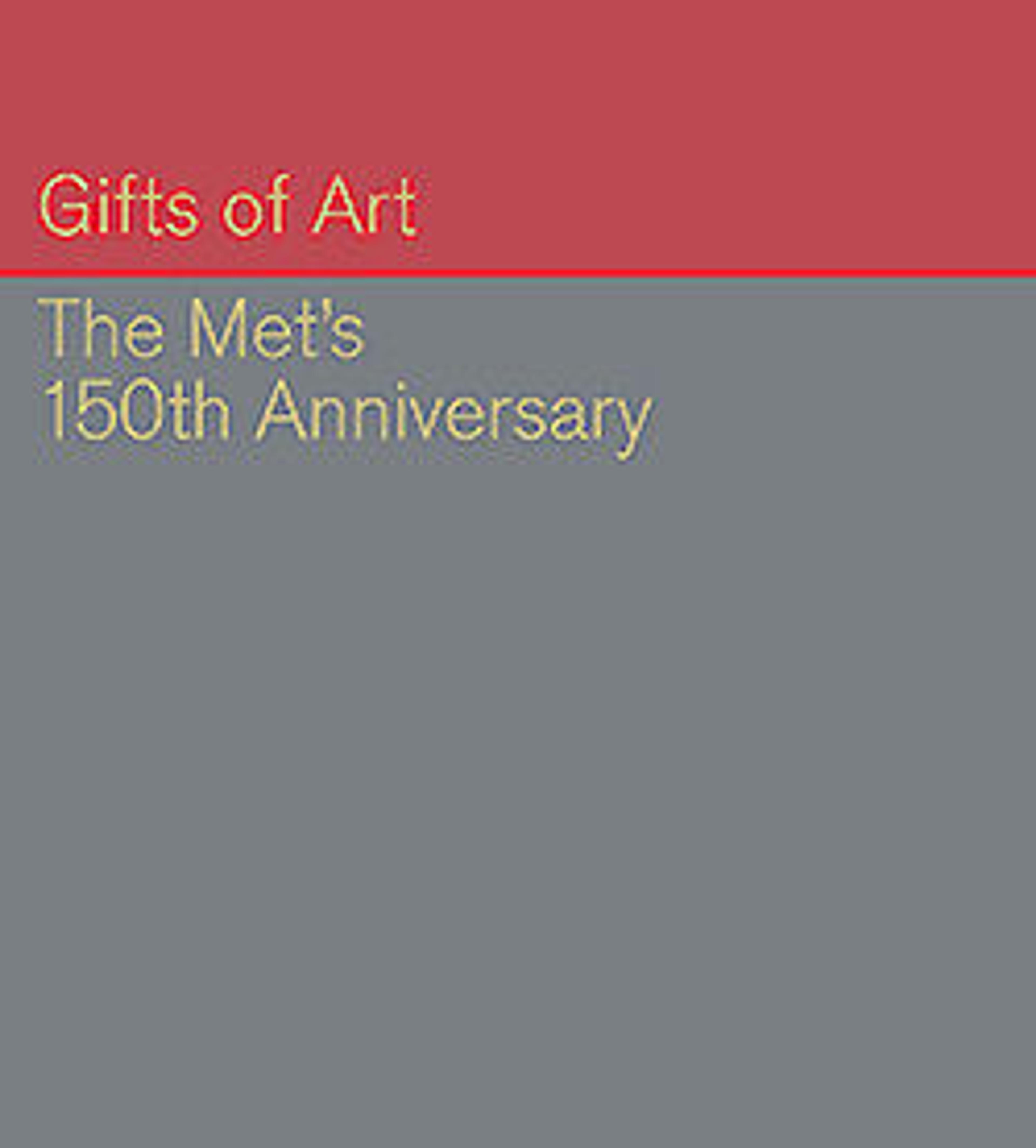Two Trees
This large landscape was inspired by a view from Doig’s hillside home on Trinidad, the Caribbean island where he spent a part of his childhood and to which he returned to live in the early 2000s. Describing the evolution of the painting, Doig has said "At first, it was just the two trees…Looking through them, you’re looking straight toward Africa. You think about that journey across the ocean, where so many people here came from. The painting is not about that, but it’s in there. To me, the painting is about being complicit, being involved in something terrible."[1] Indeed, the titular trees appear as silent sentinels framing three figures who appear silhouetted against the light from a limpid mood in a nocturnal scene reminiscent of the paintings of Edvard Munch. Their ambiguous stances and indistinct relationship to one another permeates the scene with a sense of foreboding. This narrative tension between the trio of figures intimates long histories of violence (from the brutality of the Middle Passage into the present), vulnerability and disillusionment of both individuals and whole communities. In the composition Doig draws upon a range of visual references: from figures undertaking desultory tasks that populate the bleak unidealized sixteenth-century landscapes by Peter Brueghel the Elder to more contemporary mediatized scenes of racial violence and the sadistic voyeurism of some online viral videos. Each figure in Doig’s painting thus gestures towards the tensions and dilemmas in reckoning with complex intertwined histories, spanning colonialism, to slavery in the Americas and its legacies. Doig is mindful of how local episodes of brutality, (such as the case of a Trinidad gang obliging a novice to commit a murder and hide the victim’s body in rocks), can resonate more broadly, even as he is careful not to claim to represent a perspective beyond his own. He remains keenly aware of the distance between the history of forced migration that informs Trinidad’s rich Creole traditions and the conditions of his own chosen migration that position him as a privileged if perennial outsider.
The composition also refers to personal histories— since his youth in Canada, the Scottish-born Doig has been an ice hockey player and avid fan, and the figure on the left of the painting is clad in full ice hockey gear complete with helmet, gloves, and an unexpectedly colorful yellow jersey with red, green and white strokes. The man’s spectral pallor, belligerent stance and the camouflage pattern of his garb make him appear menacing. By contrast, the central figure is inward looking with head bent, as if he may be the hockey player’s opponent (his bright orange jersey is the uniform of the Edmonton Oilers, an ice hockey team from Alberta). A Black man, with a white open-work crocheted cap, the figure was inspired by the paintings of the Haitian painter Hector Hippolyte (1894–1948). The third figure on the right is also a Black man with flowing top knot and dressed in a harlequinesque shirt. Holding a handy cam, his lens is directed at the other two figures, filming the moment as well as poised to record the subsequent action as both voyeur and visual scribe, underscoring the key importance of bearing witness.
[1] Calvin Tomkins, "The Mythical Stories in Peter Doig’s Paintings," newyorker.com, December 4, 2017.
The composition also refers to personal histories— since his youth in Canada, the Scottish-born Doig has been an ice hockey player and avid fan, and the figure on the left of the painting is clad in full ice hockey gear complete with helmet, gloves, and an unexpectedly colorful yellow jersey with red, green and white strokes. The man’s spectral pallor, belligerent stance and the camouflage pattern of his garb make him appear menacing. By contrast, the central figure is inward looking with head bent, as if he may be the hockey player’s opponent (his bright orange jersey is the uniform of the Edmonton Oilers, an ice hockey team from Alberta). A Black man, with a white open-work crocheted cap, the figure was inspired by the paintings of the Haitian painter Hector Hippolyte (1894–1948). The third figure on the right is also a Black man with flowing top knot and dressed in a harlequinesque shirt. Holding a handy cam, his lens is directed at the other two figures, filming the moment as well as poised to record the subsequent action as both voyeur and visual scribe, underscoring the key importance of bearing witness.
[1] Calvin Tomkins, "The Mythical Stories in Peter Doig’s Paintings," newyorker.com, December 4, 2017.
Artwork Details
- Title:Two Trees
- Artist:Peter Doig (British, born Edinburgh, Scotland, 1959)
- Date:2017
- Medium:Oil on canvas
- Dimensions:94 3/8 in. × 11 ft. 7 7/8 in. (239.7 × 355.3 cm)
- Classification:Paintings
- Credit Line:Gift of George Economou, in celebration of the Museum's 150th Anniversary, 2018
- Object Number:2018.754
- Rights and Reproduction:© 2025 Artists Rights Society (ARS), New York
- Curatorial Department: Modern and Contemporary Art
More Artwork
Research Resources
The Met provides unparalleled resources for research and welcomes an international community of students and scholars. The Met's Open Access API is where creators and researchers can connect to the The Met collection. Open Access data and public domain images are available for unrestricted commercial and noncommercial use without permission or fee.
To request images under copyright and other restrictions, please use this Image Request form.
Feedback
We continue to research and examine historical and cultural context for objects in The Met collection. If you have comments or questions about this object record, please contact us using the form below. The Museum looks forward to receiving your comments.
